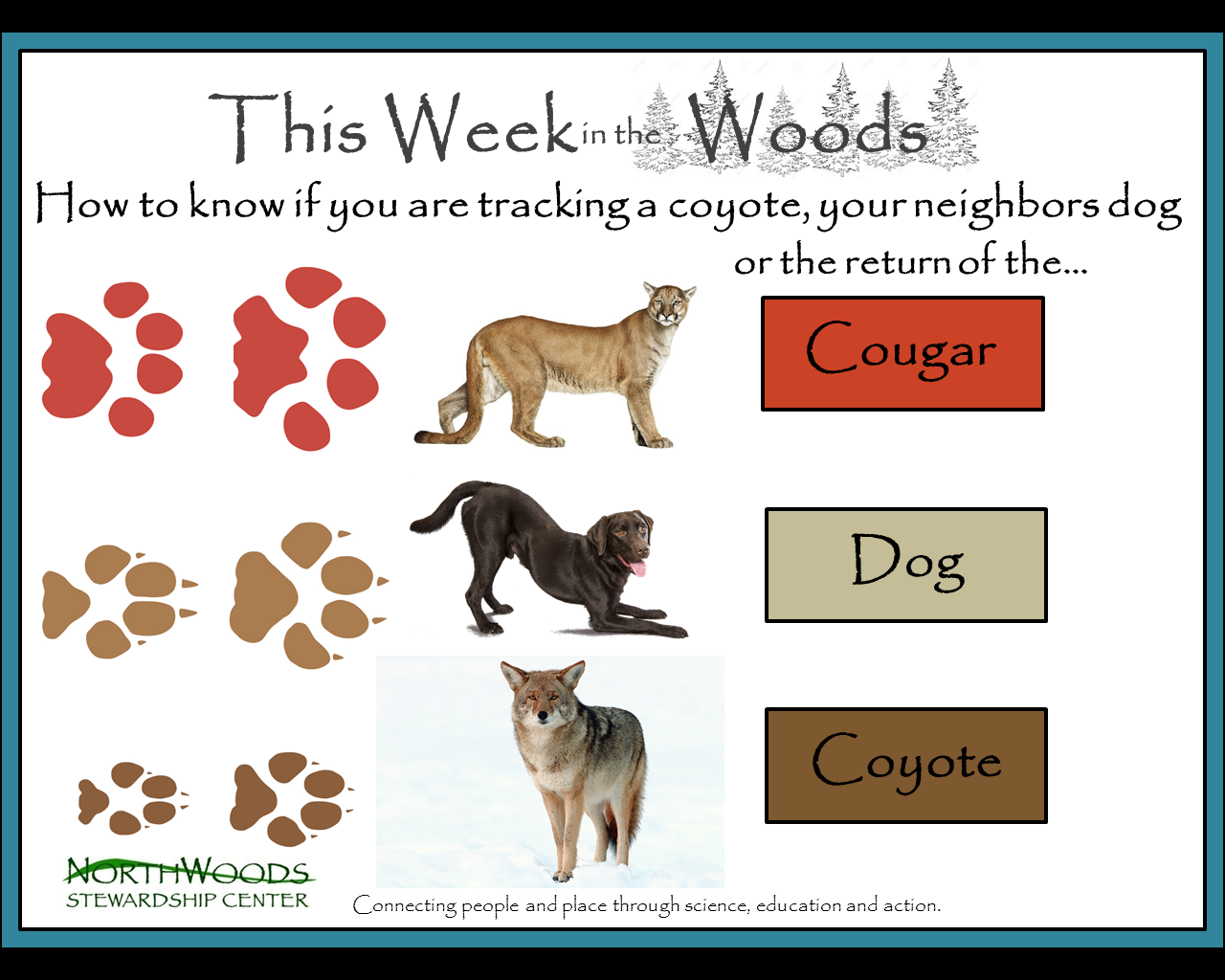This Week in the Woods: Why the heck is it so warm?
December, why are you so warm? This unusually warm start to winter can be attributed to a global event known as “El Niño.” Generally speaking, El Niño can be defined as a prolonged increase in average sea surface temperatures across the Pacific Ocean. A cyclic event, El Niño typically occurs every 2-7 years, every five on average. This ocean warming means different things to different places. Here in the Northeast, it brings warmer, drier winter months. El Niño’s rush of warm ocean water, heated as it travels eastward in the Equatorial [Read More...]




